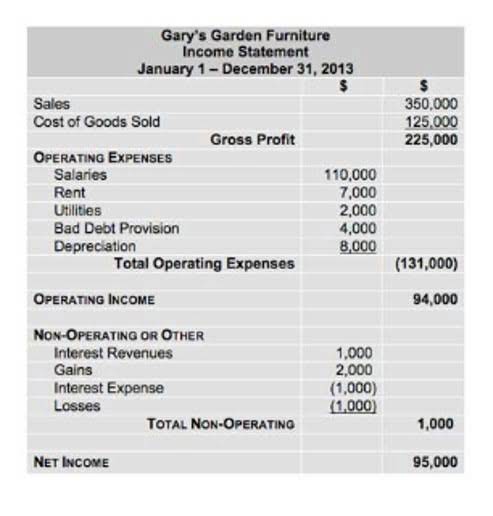
Each item in the income statement is divided by the company’s total sales for that year (which gives us a common size income statement). The most frequent common size financial statements include the likes of the cash flow statement, the income statement, and the balance sheet. Essentially, it allows data entries to be listed as a percentage of a common base figure. This is instead of a traditional financial statement that would list items as absolute numerical figures. The technique can be used to analyze the three primary financial statements, i.e., balance sheet, income statement, and cash flow statement.
How to Calculate Vertical Analysis

Converting the raw numbers into percentages provides a clearer picture of the proportion of the asset or liability in the context of the company’s total financial resources. In the vertical analysis of the balance sheet, we note that 50% are fixed assets. To reiterate from earlier, dividing by total assets is akin QuickBooks Accountant to dividing by the sum of liabilities and equity. Fourth, horizontal analysis can be calculated in absolute terms or percentage terms as desired. It is calculated by adding a column in the financial statement and the results are shown in percentage terms. It offers valuable information to internal and external stakeholders and can be used in different situations.
- When used together, they offer a comprehensive view of the company’s financial health.
- By doing the same analysis for each item on the balance sheet and income statement, one can see how each item has changed in relation to the other items.
- For example, many businesses use vertical analysis to compare their financial results to those of other businesses in their industry.
- Vertical analysis makes it much easier to compare the financial statements of one company with another and across industries.
- A business will look at one period (usually a year) and compare it to another period.
Why Is Common Size Analysis Important?

The vertical analysis provides several advantages to internal and external stakeholders of a company. Investors can use vertical analysis to analyze a stock and compare it against other potential investment options as well. Reported a gross revenue figure of $117,929 million for the year ended 2021. Let us discuss what is vertical analysis, how to perform it, and what are the advantages and disadvantages of this method. It’s worth noting that if two companies are using different accounting methods the comparisons might not be accurate. Positive percentages here might indicate reliance on external funding, while negative percentages could suggest debt repayment or shareholder returns.
Assets

Some analysts may also use total expenses or operating expenses, but revenue is the most prevalent approach. Vertical analysis (also known how is sales tax calculated as common-size analysis) is a popular method of financial statement analysis that shows each item on a statement as a percentage of a base figure within the statement. Vertical analysis looks at the contributing percentage of each line item to the total base figure. It can provide information on which metrics are improving and which are worsening. It can be used to compare different components of companies and the same company in different time periods. It thus becomes easier to compare the profitability of a company with its peers.


Vertical analysis is a handy tool and a popular method for comparing financial statements. When using this alongside horizontal analysis, you can get a full picture of a company’s financial position. For an income statement, perform vertical analysis by setting the base figure as revenue, then divide each line item by the revenue and multiply by 100. This conversion to what is a vertical analysis percentages illustrates the importance of each item in relation to total sales.
How to Use the Vertical Analysis Calculator
Creating financial statements in this way can make it much easier when it comes to comparing companies, or even comparing periods for the same company. Cash in the current year is $110,000 and total assets equal $250,000, giving a common-size percentage of 44%. If the company had an expected cash balance of 40% of total assets, they would be exceeding expectations. The figure below shows the common-size calculations on the comparative income statements and comparative balance sheets for Mistborn Trading. The highlighted part of the figure shows the number used as the base to create the common-sizing.